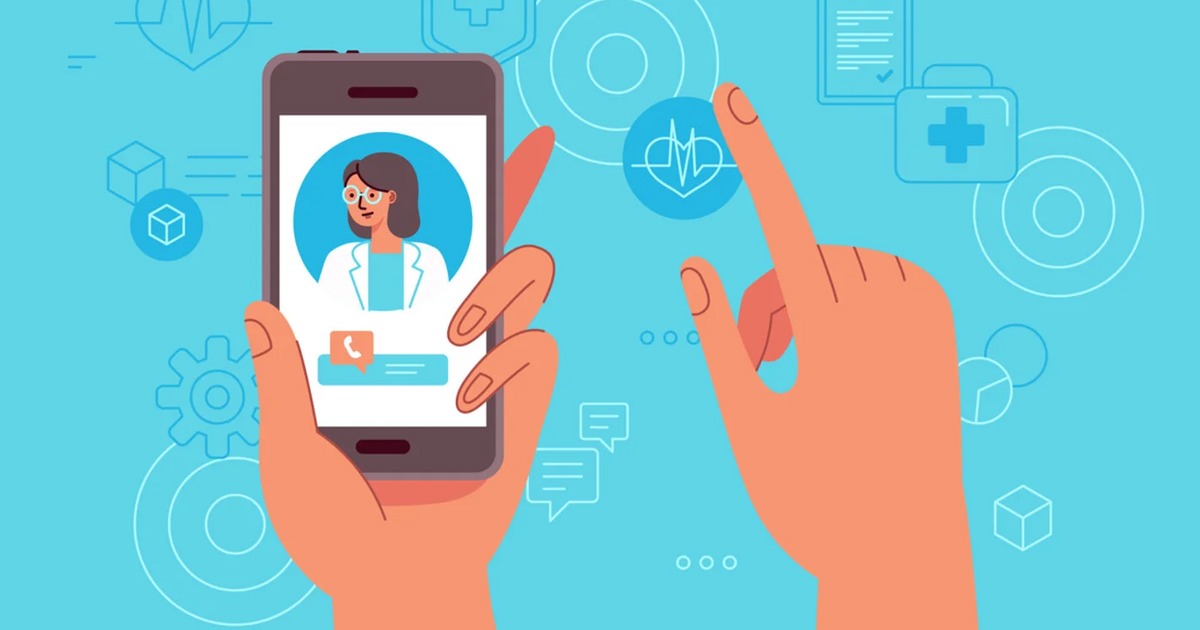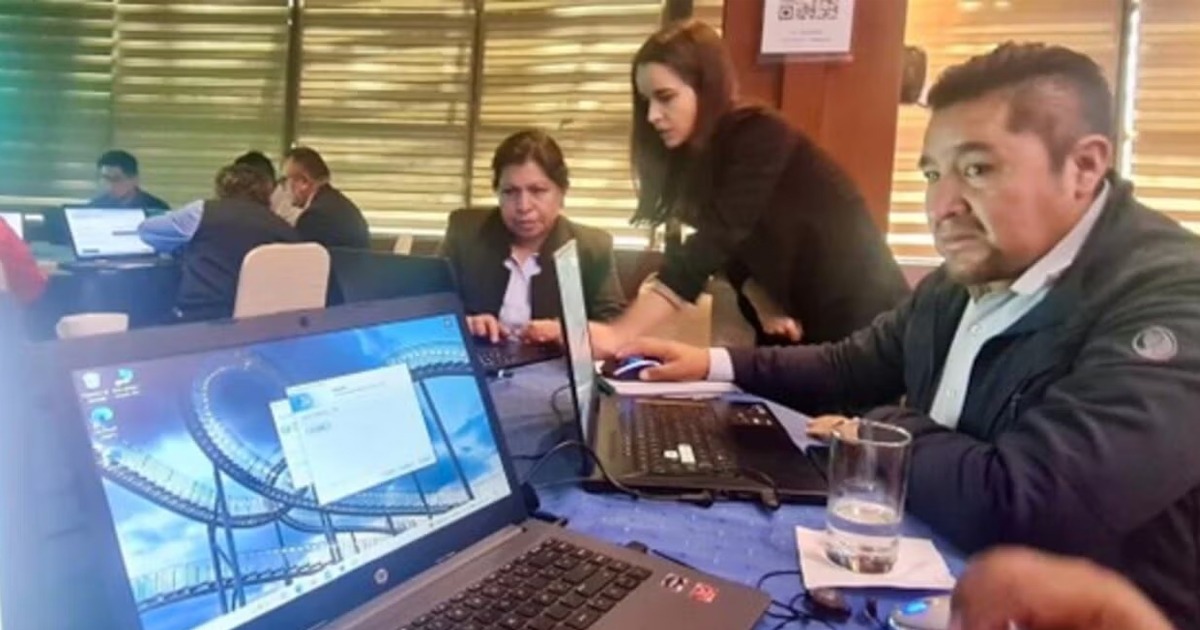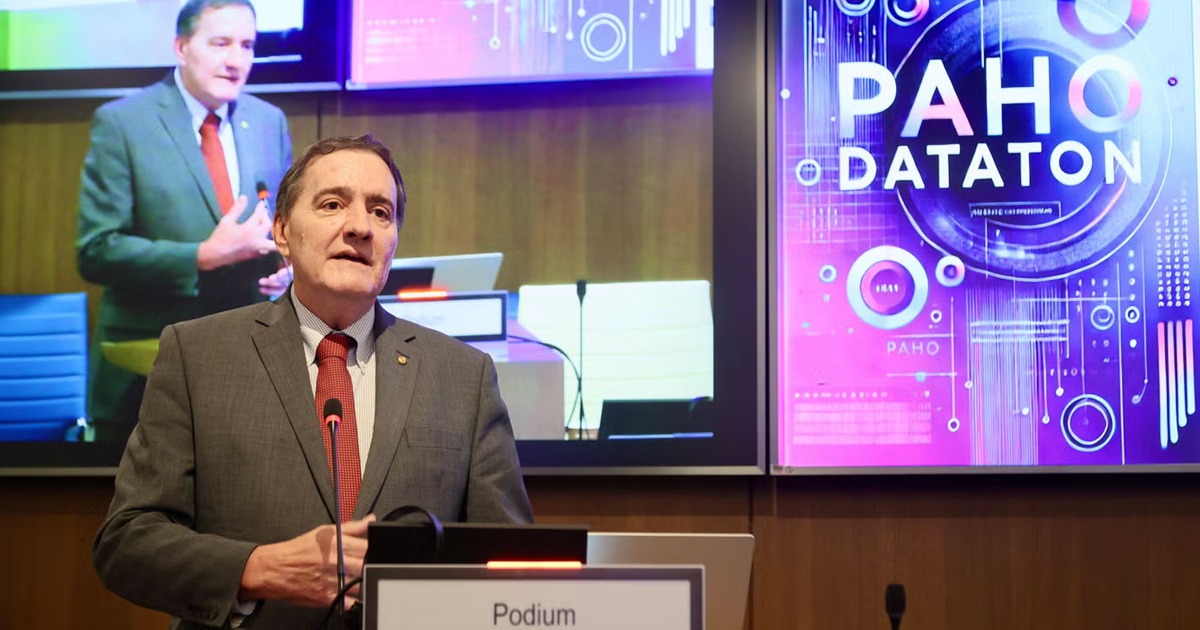The World Health Organization (WHO) and the National Academy of Medicine (NAM) are encouraging social media companies and other digital platforms to join global principles of identifying trusted sources of information.
The global principles for identifying reliable sources of health information were published by the NAM last year, and after being evaluated by an international group of public health specialists in December 2021.
“Digital platforms have a unique and powerful opportunity to enable worldwide access to high-quality health information,” said NAM President Victor J. Dzau. "We hope that these principles can serve as a launching pad for a productive collaboration between industry, public health and consumer representatives to protect and improve the health of people everywhere," he added.
The founding principles and attributes of a reliable source of health information were classified into three types:
science based: Sources must provide information that is consistent with the best scientific evidence currently available, in addition to meeting standards on the creation, review and presentation of scientific evidence.
Some of its attributes are knowing its limitations and accepting the evolution of knowledge, as we have already seen during the COVID-19 pandemic. In addition, a reliable source links information with other sources of the same type, provides citations, references, and evidence to justify their claims. It also synthesizes information from multiple sources.

Objective: The sources seek to avoid bias due to conflicts of interest or funding, to avoid compromising or compromising the quality of the work presented and the information it contains.
In other words, it keeps the information separate from political or ideological messages, and maintains independence from the people or organizations that financially supported its work.
Transparent and explainable: The sources must reveal the limitations of the information they show, as well as the possible conflicts of interest and existing errors. In this way, a reliable account prioritizes accessibility and access to information, since it shares its data, methods and recommendations on similar works.
“Since the COVID-19 pandemic began, WHO has worked with technology companies to keep people safe and informed by improving the accessibility of high-quality health information online,” said Andy Pattison, channel team leader. of the Department of Health and Digital Innovation.
Likewise, Pattison explained that it is the responsibility of each platform to protect the safety and health of its users. For this reason, the global principles for the identification of reliable sources must be a priority for digital platforms within their security policies.
In addition to promoting the aforementioned principles, the WHO and the NAM highlight the importance of media literacy for the general public, especially in health issues. In this way, a WHO technology working group was formed with representatives from more than 40 technology companies such as Amazon, Facebook, Google, Microsoft, TikTok and YouTube, with the aim of adopting the principles.





